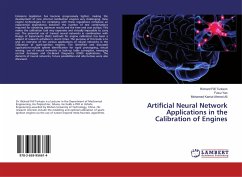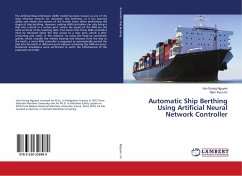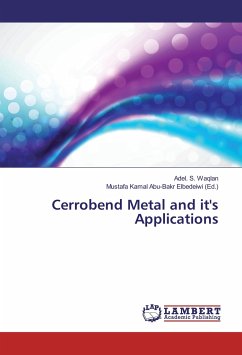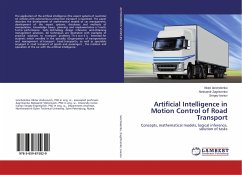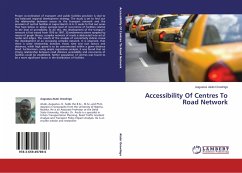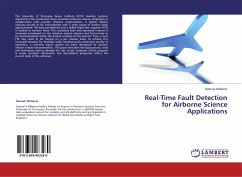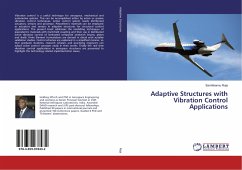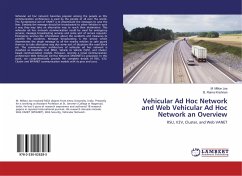Emissions legislation has become progressively tighter, making the development of new internal combustion engines very challenging. New engine technologies for complying with these regulations introduce an exponential dependency between the number of test combinations required for obtaining optimum results and the time and cost outlays. This makes the calibration task very expensive and virtually impossible to carry out. The potential use of trained neural networks in combination with Design of Experiments (DoE) methods for engine calibration has been a subject of research activities in recent times. The purpose of this book is to give an overview of the various applications of neural networks in the calibration of spark-ignition engines. The identified and discussed applications include system identification for rapid prototyping, virtual sensing, use of neural networks as look-up table surrogates, emerging control strategies and On-Board Diagnostic (OBD) applications. The demerits of neural networks, future possibilities and alternatives were also discussed.
Bitte wählen Sie Ihr Anliegen aus.
Rechnungen
Retourenschein anfordern
Bestellstatus
Storno

